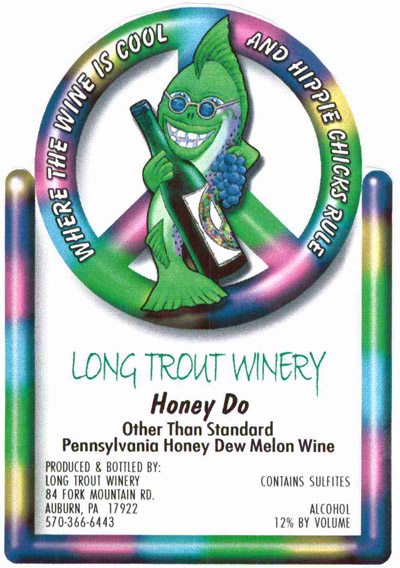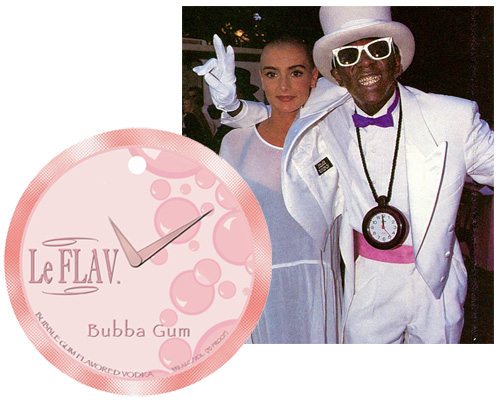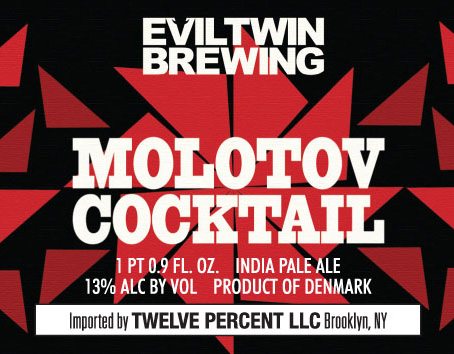This post will start short but is likely to grow long over time. Very long. We will try to show the enormous range of foodstuffs from which wine is produced. With each post we will add to the list, and I predict it will grow way past 50 60 70. Today we add Honeydew wine to the list.
- Agave wine
- Apple wine
- Apricot wine
- Aronia berry wine
- Avocado wine
- Banana wine
- Blackberry wine
- Blueberry wine
- Buffaloberry wine
- Cantaloupe wine
- Cherry wine
- Cranberry wine
- Dandelion wine
- Elderberry wine
- Elder flower wine
- Fig wine
- Garlic wine
- Gooseberry wine
- Grape wine
- Hibiscus wine
- Honeydew wine. Made by Long Trout Winery of Auburn, Pennsylvania.
- Huckleberry wine
- Jasmine fruit wine
- Kiwi wine
- Linden flower wine
- Lingonberry
- Lychee wine
- Maple Wine
- Mango wine
- Mangosteen wine
- Marionberry wine
- Onion wine
- Peach wine
- Pear wine
- Pepper wine
- Persimmon wine
- Pineapple wine
- Pomegranate wine
- Rhubarb wine
- Strawberry wine
- Tomato wine
- Watermelon wine






